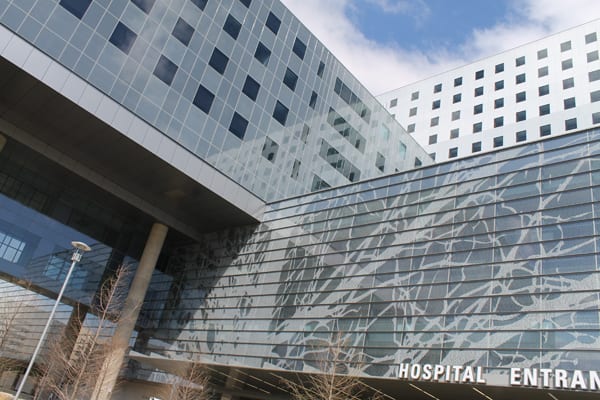Parkland program identifies those at risk for suicide

Experts at Parkland Health & Hospital System have developed an innovative suicide prevention program using an algorithm in the electronic health record that triggers the appropriate clinical intervention depending on the patient’s answers to a few simple questions.
Suicide in the U.S. has surged to the highest rate in almost 30 years. From 1999 to 2014, the suicide rate rose by 24 percent according to a study by the National Center for Health Statistics.
Sept. 5-11 is Suicide Prevention Week. Suicide is the 10th leading cause of death in the United States, with one suicide occurring on average every 12.3 minutes.
Parkland launched its Universal Suicide Screening Program last year to identify those at risk and help save lives by intervening immediately. Parkland has more than 250,000 Emergency Department patient encounters and more than 1 million outpatient encounters annually.
“To our knowledge we are the first big hospital system in the U.S. to implement a universal screening program for suicide risk and the data we are gathering will be significant for other organizations in the future,” said Kimberly Roaten, director of quality for safety, education and implementation, Department of Psychiatry at Parkland and associate professor of psychiatry at The University of Texas Southwestern Medical Center.
According to Roaten, 77 percent of people who die by suicide had contact with a primary care provider in the months before their death.
“We want to use every patient encounter at Parkland as an opportunity to identify those at risk,” Roaten said.
The standardized suicide risk screening was added at all Parkland facilities including its community health centers and for all inmates at the Dallas County Jail. Parkland hired psychiatric social workers and trained nursing staff to implement the program.
The Parkland algorithm sorts patients into three suicide risk categories based on their answers to the screening questions: no risk identified, moderate risk identified and high risk identified.
Those at high risk are immediately placed under one-to-one supervision, suicide precautions are implemented, and an evaluation by a behavioral health clinician is initiated. Patients at moderate risk are automatically referred to a psychiatric social worker and usually are seen during the same visit. If a patient chooses not to speak with a psychiatric social worker during the visit, they receive a follow-up phone call to provide additional support and resources.
Emergency has found about 2 percent of patients to be at high risk and 4 percent at moderate risk for suicide. In the inpatients units 0.2 percent of patients were high risk and 0.8 percent were moderate risk. Patients screened at Parkland COPCs were found to have 1.8 percent at moderate risk and 0.15 percent at high risk of suicide.



